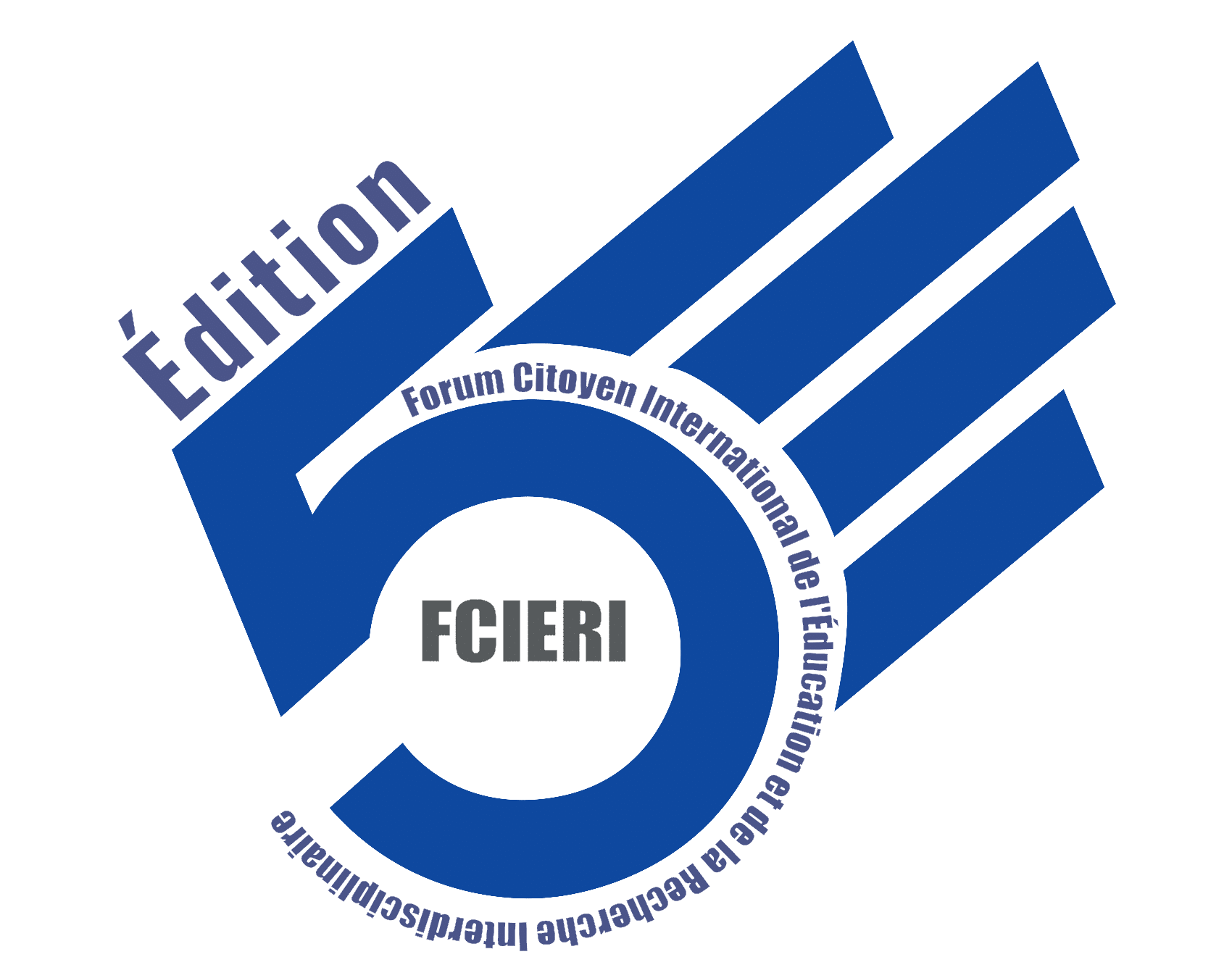Simulation-based training of healthcare students : the student’s point of view
Introduction: Simulation is an active pedagogy that has become an international learning approach used in a wide variety of fields as it promotes group thinking, improvement of teamwork and self-confidence. So, we conducted this study to reveal the strengths and weaknesses of this learning method within the Higher School of Health Science and Technology of Tunis. Material and methods: It’s a descriptive cross-sectional study carried in the Higher School of Health Sciences and Techniques of Tunis (HSHSTT) before the opening of the simulation unit, including the students of the anesthesia-reanimation, Obstetric, and Puericulture departments with their three levels as the target population. Results: Simulation was identified by (48.06%) of students as the most interesting teaching method and (87.6%) affirmed that it is essential for student training as it allows repetition so improvement of the experience and provides more safety for patient. Role-playing is the most known (93%) and the most referred (90.7%) type of simulation at the HSHSTT. Debriefing is the most important part of simulation-based training; however, it was not the most frequent response, only (13.2%) of the participants claimed the debriefing to be the most important part of the simulation. Most participants attended First Aid simulation (CPR 81.39%, Heimlich maneuver 77.51%). The majority of the participants (45.7%) were unsatisfied with the simulation-based approach at HSHSTT due to the lack of equipment (88.4%) and low rate of simulation sessions (79.8%). Most students (42.6%) affirmed that “45min to 1h” is the best duration of a simulation session but in reality, it should be done in 1 and a half to 2 hours. Participants (96.1%) were interested in a complementary study certificate and master’s degree in simulation at HSHSTT due to its importance in emphasizing both theoretical knowledge and psychomotor skills. Conclusion: Our study showed the weaknesses of the simulation base training in the HSHSTT. They could be summarized in the lack of equipment, low rate of simulation sessions, simulation sessions that do not obey the appropriate standards and lack of knowledge concerning the pedagogy of the simulation. But after the opening of the simulation unit in the HSHSTT with a simulation pedagogic committee and a program for tuotors and students, the situation must be better.

 Le Forum mondial sur l’éducation, tenu en mai 2015 à Incheon sous l’égide de l’UNESCO et ses partenaires, s’est conclu par la Déclaration d’Incheon pour l’Éducation 2030, un engagement historique de transformer la vie grâce à une nouvelle vision de l’éducation et à des actions courageuses et innovantes pour la réaliser. Le Cadre d’action Éducation 2030, qui établit cette nouvelle vision de l’éducation pour les 15 années à venir, a été adopté par plus de 180 états membres de l’UNESCO. Quatre ans plus tard, à la 9e Réunion mondiale de la Consultation collective des ONG pour Éducation 2030 (CCONG-Éducation 2030), qui s’est tenue en Tunisie en 2019, les organisations participantes ont affirmé que le monde est confronté à une crise éducative, causée par un manque de volonté politique, une faible priorisation de l’éducation et un financement insuffisant. De plus, elles ont constaté une tendance croissante à la commercialisation de l’éducation, ce qui contribue à creuser davantage les inégalités. Les systèmes éducatifs mondiaux ne semblaient pas respecter l’engagement pris dans le programme Éducation 2030. Le ministre de l’Éducation de la Tunisie d’alors avait, à la même occasion, souligné que la plupart des pays n’avancent pas suffisamment pour atteindre les objectifs fixés pour 2030. Il a appelé à une reconnaissance de l’importance stratégique de l’éducation pour toutes les nations et a encouragé la société civile à jouer un rôle majeur dans la mobilisation pour y parvenir.
Le Forum mondial sur l’éducation, tenu en mai 2015 à Incheon sous l’égide de l’UNESCO et ses partenaires, s’est conclu par la Déclaration d’Incheon pour l’Éducation 2030, un engagement historique de transformer la vie grâce à une nouvelle vision de l’éducation et à des actions courageuses et innovantes pour la réaliser. Le Cadre d’action Éducation 2030, qui établit cette nouvelle vision de l’éducation pour les 15 années à venir, a été adopté par plus de 180 états membres de l’UNESCO. Quatre ans plus tard, à la 9e Réunion mondiale de la Consultation collective des ONG pour Éducation 2030 (CCONG-Éducation 2030), qui s’est tenue en Tunisie en 2019, les organisations participantes ont affirmé que le monde est confronté à une crise éducative, causée par un manque de volonté politique, une faible priorisation de l’éducation et un financement insuffisant. De plus, elles ont constaté une tendance croissante à la commercialisation de l’éducation, ce qui contribue à creuser davantage les inégalités. Les systèmes éducatifs mondiaux ne semblaient pas respecter l’engagement pris dans le programme Éducation 2030. Le ministre de l’Éducation de la Tunisie d’alors avait, à la même occasion, souligné que la plupart des pays n’avancent pas suffisamment pour atteindre les objectifs fixés pour 2030. Il a appelé à une reconnaissance de l’importance stratégique de l’éducation pour toutes les nations et a encouragé la société civile à jouer un rôle majeur dans la mobilisation pour y parvenir.